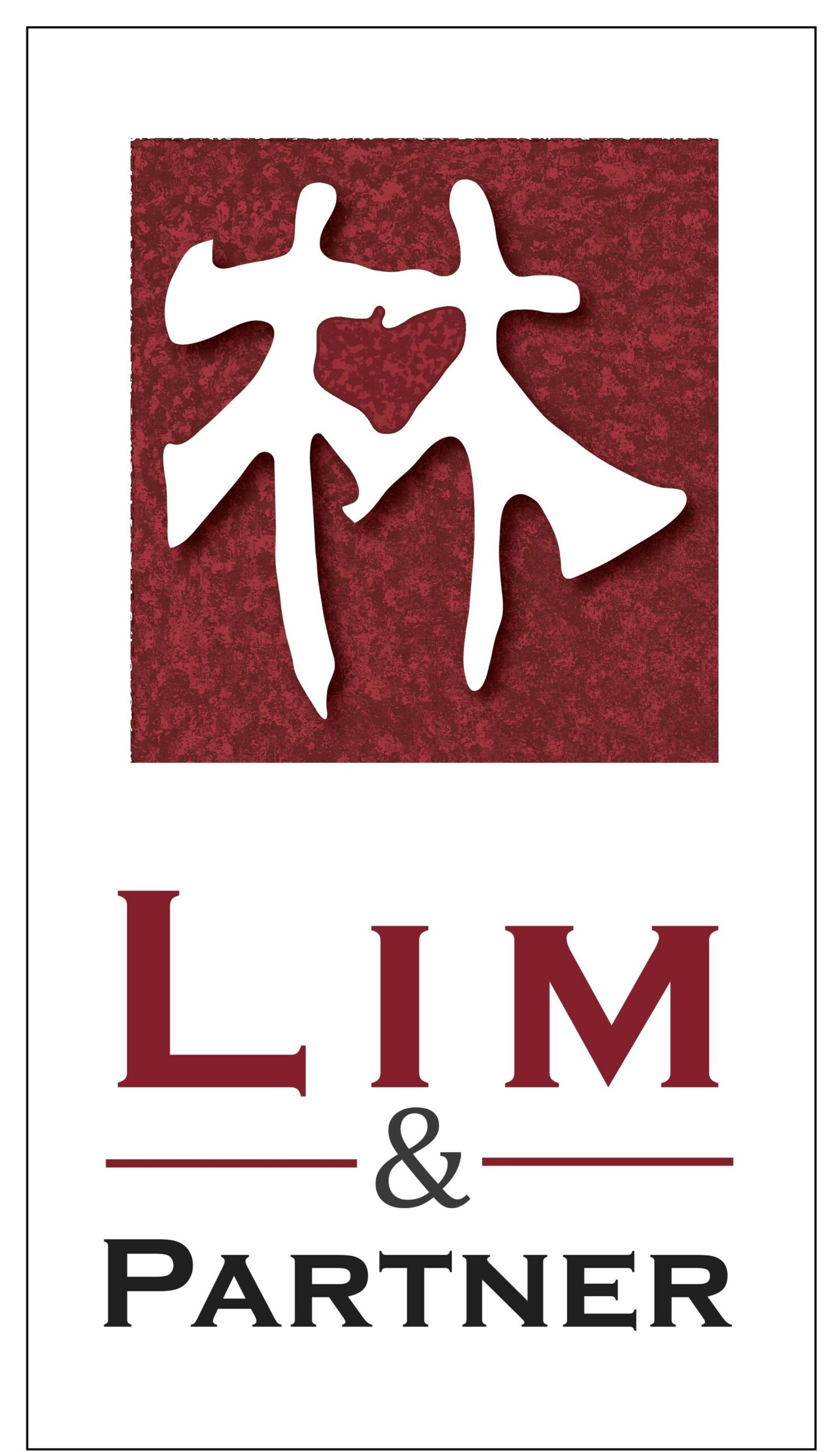
Even as the longest economic expansion ever continues and unemployment rates remain at historic lows, many companies continue to recruit as though there are ample candidates out there and that they are in complete control. In reality, the candidates are in charge, and the balance has tipped entirely in their favor.
Here are 6 essential rules that we have found are key to attracting talented professionals in this market:
Rule #1: Move quickly
There’s a prevailing assumption that recruiting takes longer when the market is tight. In our experience, it’s exactly the opposite. Candidates come and go very quickly. They also have very little tolerance for long, drawn out decision cycles. Keeping good candidates warm is an important and inevitable part of the search process, but there is a limit to what your search firm can do.
Even with completely passive candidates, once they’re receptive to discussing a new career opportunity, talented ones often have multiple options to consider. The trick here is to squeeze every bit of inefficiency out of the scheduling process. The only reasons for downtime should be deliberation and decision, not availability. Keep the process moving, be super-responsive and expect the same of your search partner.
Rule #2: Quality still rules
Hiring the best is still front and center. When talent is tight, there’s always the urge to settle. Granted, every hire requires trade-offs, but it is essential that these are reasonable trade-offs that don’t completely compromise the likelihood that the candidate will be successful in the long run.
Once you’ve squeezed every ounce of distraction and chaos out of the selection process, prepare your interviewing teams well and debrief quickly, and make sure everyone has a shared understanding of the success profile that you are looking for.
Rule #3: Have a Plan B (and C…)
Just as important as it is to avoid settling for a sub-par candidate, it’s equally important not to put all your eggs in one basket. There’s an understandable tendency to back off when you’re getting close to the offer stage, and there was a time when you could reasonably assume that by offer stage, you could be reasonably sure that the selected candidate was sincerely interested in joining your organization. Counteroffers used to be the only concern at the offer stage.
The reality now is that in addition to counteroffers, candidates often have other offers to consider. They’re generating optionality for themselves. You need to do the same by maintaining the search’s tempo until the offer letter is signed, and by making sure your search partner does the same.
Rule #4: Hiring in vs. Selecting Out
Every hiring decision fits into a simple (and difficult) decision set. We have a predictor (selection process) that helps ensure a good outcome (a shiny new employee). When predictor and outcome align, the process works. When they don’t, we have an error. At most companies, the entire process focuses on avoiding bad hires (false positives). We don’t worry about missing good hires (false negatives).
Bad hires cost money, make colleagues and customers angry, and generally muck up the works. False negatives seem to have fewer consequences. Bad hires are bad, obvious, embarrassing and expensive. But missing out on a great employee is merely unfortunate, and besides, who’s going to know? It’s not that costly, it’s not that obvious, and there’s no risk of embarrassment.
In a talent-tight market, the false negatives can be really harmful. Evaluating candidates on round-peg in round-hole criteria (i.e. how much the new candidate looks like the old one) is a safe way to avoid false positives. It takes a much more imaginative approach to consider the success possibility of a candidate who brings different skills, different attributes and different experiences to the company.
Rule #5: Have a Boomerang Strategy
In this kind of market, lots of really good employees can be seduced away. The grass always looks greener when a new and different company is telling you how much they want you to come work for them. Companies that take a “you’re dead to me” approach to their former employees are missing out on a great candidate pool.
Stay in touch. Turn ex-employees into alumni. Listen carefully and acknowledge what they’ve told you in the exit interview. Do this right, and they’ll become unabashed advocates for your company, refer great candidates to you, and even come back.
Rule #6: Curate your employer brand
The first 5 rules are largely transactional, turn-on-a-dime things you can build into your search process. Rule #6 is more strategic and takes time. First, recognize that your brand and your employer brand are two different things. Wayfair.com might look like a furniture company, but to attract the small army of software engineers that are the key to their success, they must be seen as the best tech-game in town. Second, engage in the conversation.
Even if it feels like extortion, if you elect not to engage the social media communities that revolve around your employer brand, then the only voices prospective employees hear will be the ones with bad things to say.
Credit : Praxi
